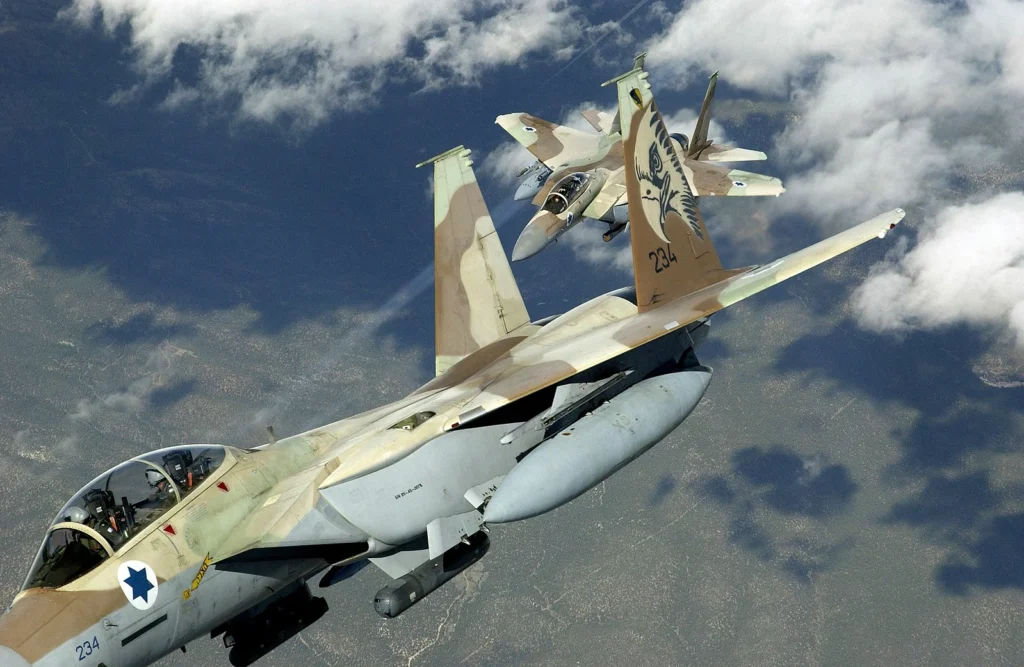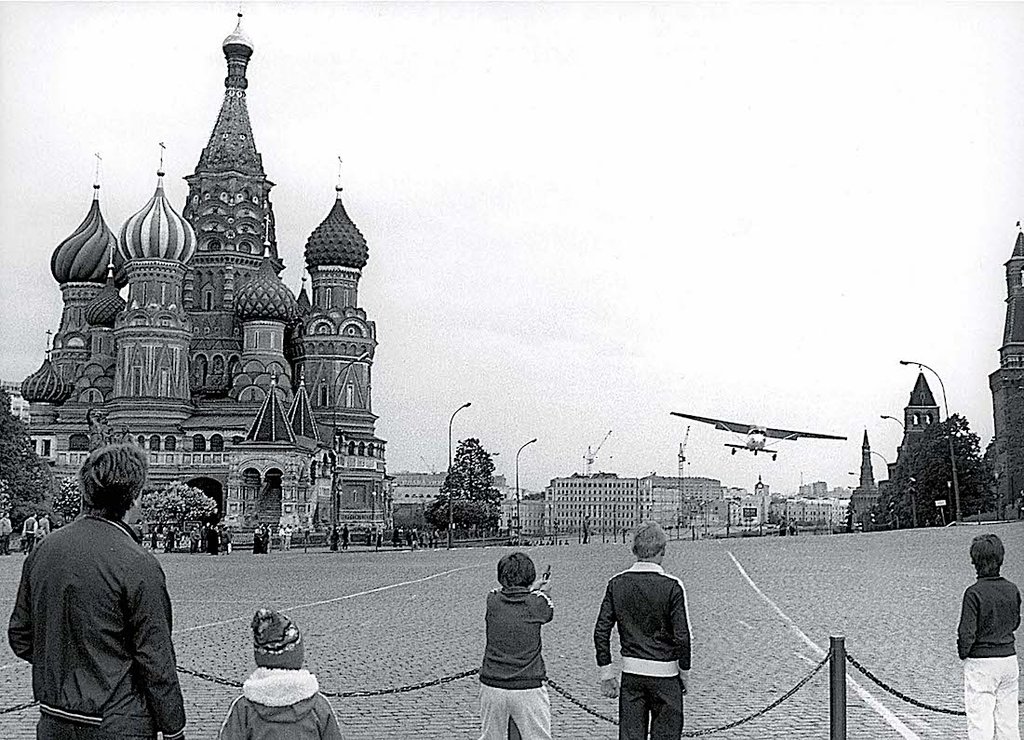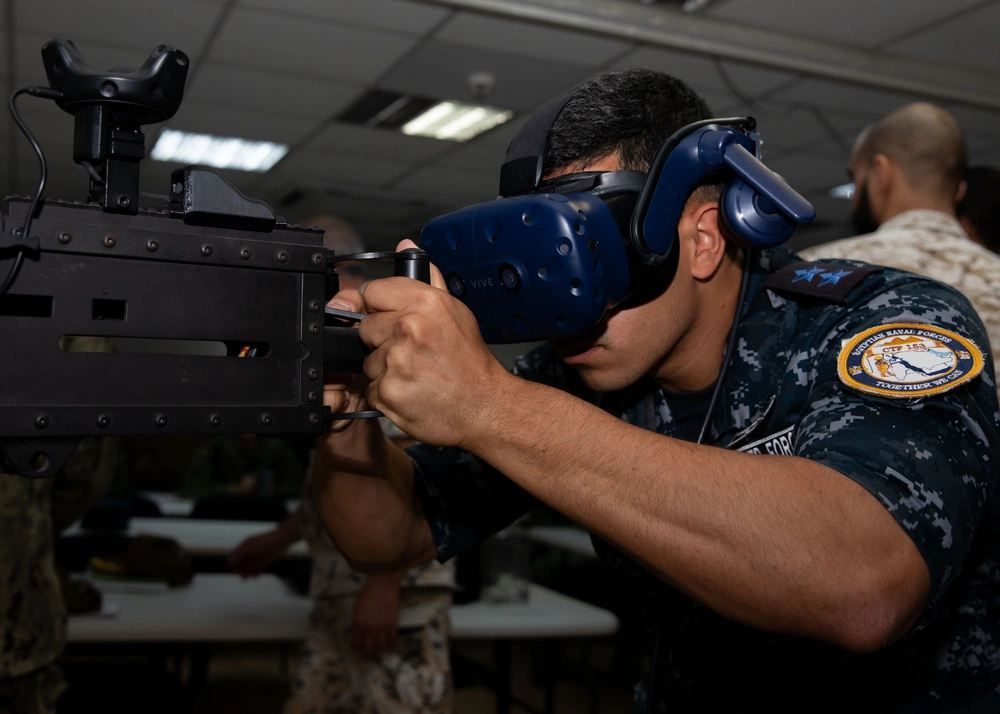Acting on information from its powerful intelligence services, Israel launched a salvo of air strikes against Iran with the goal of destroying Tehran’s nuclear program. After several days of fighting, the Israeli Air Force has established air superiority over Iranian skies. Tel Aviv has used hundreds of aircraft in its campaign against Iran. The F-15I Ra’am, a special version of the venerable U.S.-made fighter jet, has helped pave the way for Israel’s success.
Meaning “thunder” in Hebrew, the Ra’am is a special export version of the Boeing F-15E Strike Eagle.
The F-15I is a multirole fighter jet that specializes in ground attack missions. It sports two seats and is powered by a pair of Pratt & Whitney F100-PW-229 engines.
The F-15I, alongside other F-15 variants, has served as the Israeli Air Force’s primary long-range strike capability. To be sure, the F-15I can also shoot down enemy aircraft and act as a forward command and control asset, But where it truly shines is in its ability to deliver thousands of pounds of advanced munitions, thousands of miles away, with sharp precision.
With a range of nearly 2,800 miles without mid-air refueling and the ability to carry as much as 23,000 lbs of munitions, the F-15I Ra’am can prove a nightmare for enemy air defense and ground targets, as the Iranian military has discovered. Paired with more advanced aircraft, like the F-35 Lightning II, which can spot targets and guide other aircraft toward them, the F-15I becomes even deadlier.

In terms of radar, the F-15I uses the APG-70I, which has potent terrain-mapping capabilities that can spot and track targets that would be otherwise hard to detect, especially in bad weather. Moreover, in an air superiority role, the APG-70I radar can spot large airliner-sized targets at approximately 170 miles and fighter-sized targets at 64 miles.
The Israeli Air Force has also been modernizing its fleet of F-15Is with more advanced sensors and munitions.
Although the F-15I has had the advantage of operating against qualitatively inferior adversaries – Iran, for example, still uses 55-year-old F-14 Tomcat fighter jets – it is a very reliable aircraft that excels in its specified mission set. The Israeli Air Force is so pleased with the F-15I that it is increasing the size of its fleet.
In 2024, the U.S. State Department cleared the sale of an additional 50 F-15Is to Israel, as well as the upgrade of 25 older aircraft to the “I” version. In total, the Israeli Air Force would add 75 F-15I fighter jets to its fleet. The additional jets will be delivered in 2029 and will cost almost $19 billion.
Overall, the F-15 platform is the most successful air superiority fighter jet in the skies today: Since its introduction in the late 1970s, the international F-15 fleet has a kill ratio of over 100 to zero over manned fighter jets. In Israel’s conflict with Iran, F-15s have also been shooting down drones and ballistic and cruise missiles by the scores, further increasing the overall tally.
Feature Image: Two Israeli Defense Force-Air Force F-15I Ra’am aircraft practice air defense maneuvers mission over the Nevada Test and Training Ranges, at Nellis Airforce Base (AFB), Nevada (NV), during Exercise Red Flag 04-3. Exercise Red Flag is a realistic combat training exercise involving the Air Forces of the U.S. and its Allies. (Photo by Tech. Sgt. Kevin J. Gruenwald/U.S. Air Force)
Read more from Sandboxx News
- The military roots of Juneteenth and why we celebrate it
- Boeing makes a significant step toward fielding truly combat-capable drone wingmen
- The M10 Booker and how the Army flubbed a tank
- Israel wipes out Iranian F-14 Tomcats on the airstrip
- The gravity of the situation: How to fly a fighter upside down











